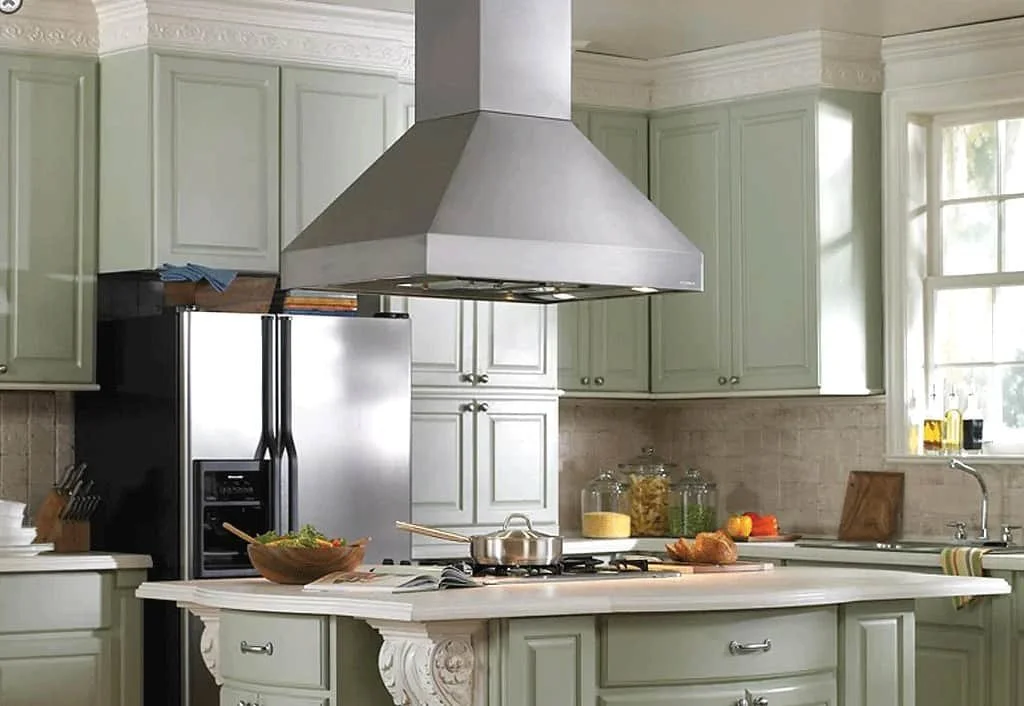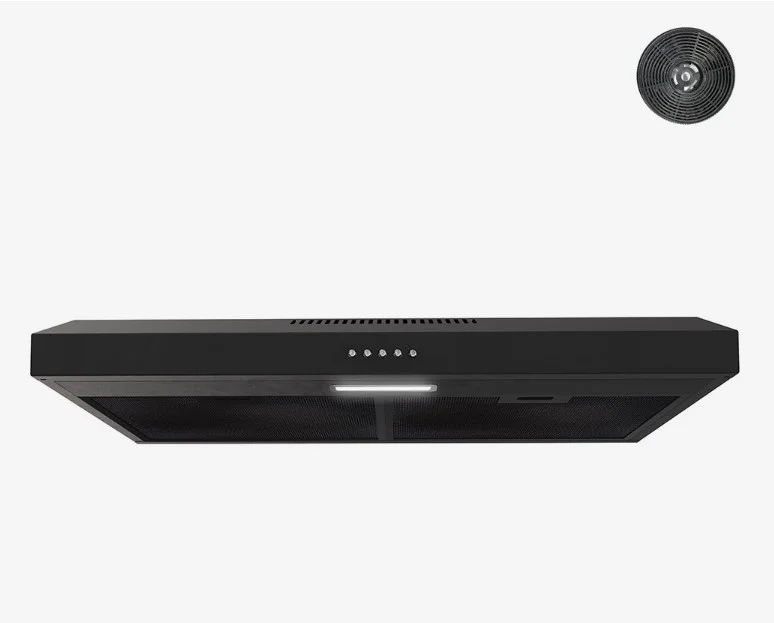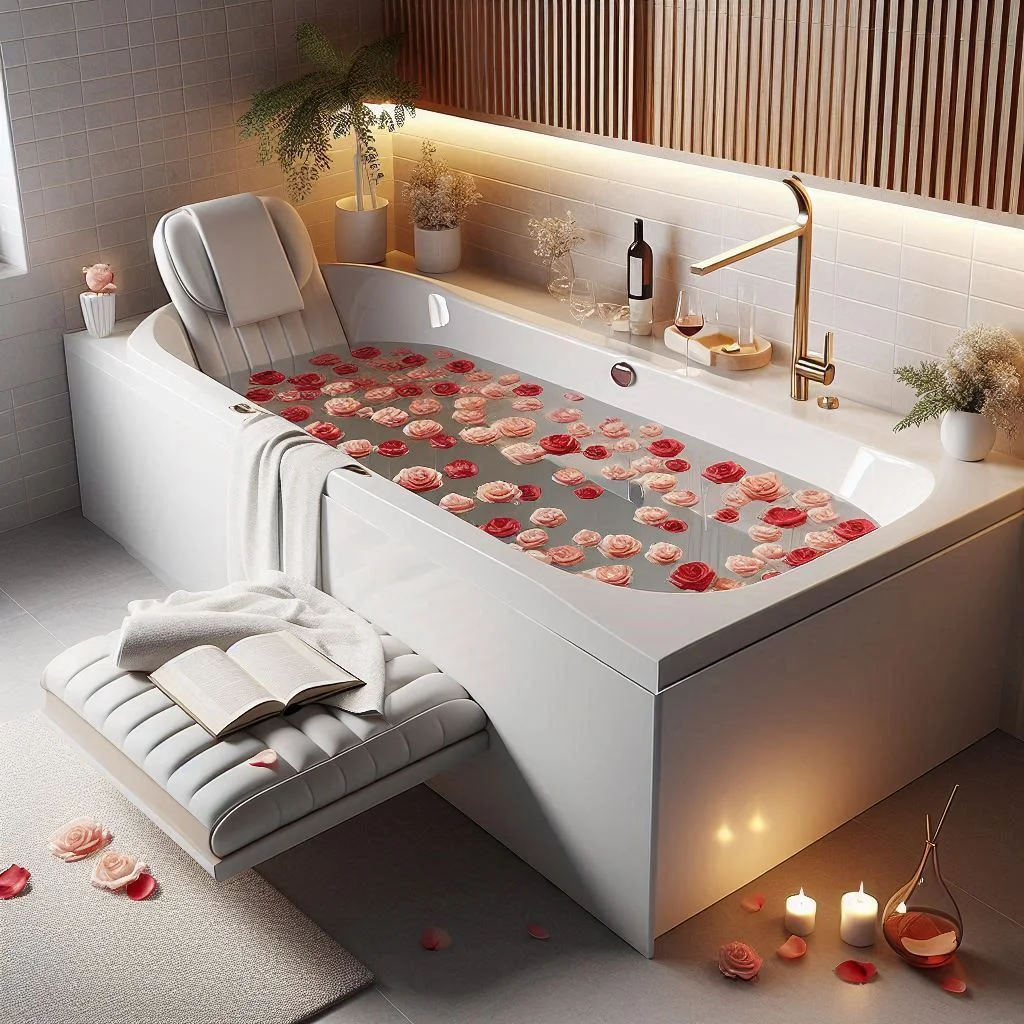“Breathe Easy: How to Choose the Perfect Range Hood for a Cleaner, Fresher Kitchen”
A range hood is more than just an appliance—it’s a crucial component in maintaining a clean, fresh, and functional kitchen. Whether you’re a home cook or a culinary enthusiast, a high-quality range hood enhances air quality, reduces heat, and adds a stylish touch to your kitchen space. If you’re considering investing in a new range hood, this guide will help you understand its benefits, types, key features, and maintenance tips.
Why You Need a Range Hood in Your Kitchen
Installing a range hood offers multiple advantages that go beyond aesthetics. Here are the primary benefits:
1. Improves Indoor Air Quality
Cooking generates smoke, steam, and airborne grease, which can settle on surfaces and pollute the air. A range hood captures and removes these contaminants, ensuring better indoor air quality and reducing the risk of respiratory issues.
2. Keeps Your Kitchen Cool
Using a stovetop can generate a significant amount of heat, making your kitchen uncomfortably warm. A range hood helps ventilate this excess heat, keeping your cooking area cooler and more comfortable.
3. Reduces Kitchen Odors
Strong cooking smells can linger long after meals are prepared. A properly ventilated range hood efficiently removes odors, leaving your kitchen smelling fresh.
4. Provides Additional Lighting
Many range hoods come with built-in lighting, making it easier to see what you’re cooking. This added illumination helps with precision in food preparation and enhances overall kitchen visibility.
5. Helps Maintain Kitchen Cleanliness
Without proper ventilation, grease and steam can accumulate on walls, cabinets, and countertops. A range hood helps minimize grease buildup, making your kitchen easier to clean and maintain.
6. Enhances Home Value and Aesthetics
A stylish and high-functioning range hood can serve as a design statement in your kitchen. It not only elevates the overall look of your space but can also boost your home’s resale value.
Different Types of Range Hoods
Choosing the right range hood depends on your kitchen layout and cooking needs. Here are the most common types:
1. Under-Cabinet Range Hoods
These hoods are installed beneath kitchen cabinets and are ideal for compact spaces. They effectively remove smoke and odors while maintaining a seamless kitchen design.
2. Wall-Mounted Range Hoods
Perfect for kitchens without overhead cabinets, these hoods are installed against the wall. They often feature a modern chimney-style design, adding a bold aesthetic to the space.
3. Island Range Hoods
For kitchens with an island cooktop, an island range hood is mounted to the ceiling and serves as a central ventilation system. These hoods are often a focal point in open-concept kitchen designs.
4. Downdraft Range Hoods
Unlike traditional hoods, downdraft hoods are built into the cooktop or countertop. They pull smoke and steam downward, making them an excellent choice for minimalistic kitchens.
5. Insert Range Hoods (Custom Built-In)
These are designed to be built into custom cabinetry or mantels, allowing homeowners to match their hood seamlessly with their kitchen’s aesthetic.
Factors to Consider When Buying a Range Hood
To ensure you choose the best range hood for your kitchen, consider the following factors:
1. Size and Fit
The width of your range hood should be equal to or slightly larger than your stovetop. Standard sizes range from 30 to 36 inches to ensure maximum coverage.
2. Ventilation Power (CFM Rating)
Cubic feet per minute (CFM) measures how much air the hood can filter. If you do heavy cooking, opt for a higher CFM rating to ensure effective ventilation.
3. Noise Level (Decibels)
Some range hoods can be noisy, which can be distracting, especially in open-concept kitchens. Look for a model with a low decibel rating for a quieter cooking experience.
4. Type of Ventilation
- Ducted hoods vent air outside, offering the best air purification.
- Ductless hoods filter and recirculate air through charcoal filters, making them easier to install but less effective in removing heat.
5. Heat Tolerance (BTU Rating)
If you use a gas stove with a high BTU output, ensure your range hood can handle the heat for optimal performance.
6. Design and Aesthetic Appeal
Choose a style that complements your kitchen. From stainless steel finishes to custom wooden enclosures, range hoods come in various designs to match your décor.
Installation and Maintenance Tips
1. Opt for Professional Installation
While some range hoods are DIY-friendly, professional installation ensures proper placement, wiring, and ventilation for optimal performance.
2. Regularly Clean the Filters
- Metal mesh filters should be cleaned with warm, soapy water every few weeks.
- Charcoal filters in ductless hoods need replacement every 3 to 6 months.
3. Wipe Down the Exterior
Use a degreaser or mild soap to clean the hood’s surface, preventing grease buildup and maintaining its appearance.
4. Check Ventilation Ducts Periodically
Ensure your ducts are free from blockages to maintain efficient airflow and extend the life of your range hood.
Conclusion
A range hood is an invaluable addition to any kitchen, improving air quality, enhancing comfort, and elevating kitchen aesthetics. Whether you prefer a sleek under-cabinet model or a statement island hood, selecting the right type and features will ensure your kitchen remains fresh, functional, and stylish.
For a wide range of high-quality range hoods, check out the latest models at Streamline Bath.





